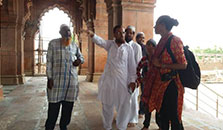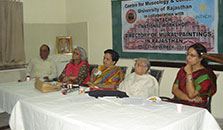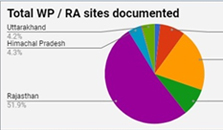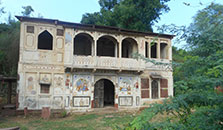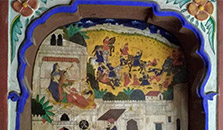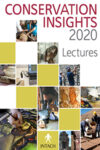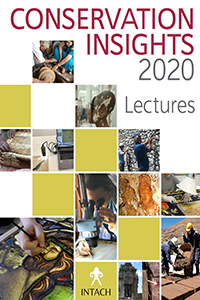Wall Painting Directory
India is a country with a rich heritage and diverse traditions. The evidence of its cultural practices,  creative art forms, and textual materials can be seen all around the country. The people of India have a strong desire to express and showcase their skills, which makes it one of the most vibrant and lively nations on the world map today. The land is well-known for its deep-rooted literature, exotic monuments, enchanting destinations, cuisines, music, dance, paintings, sculptures, crafts, and so on.
creative art forms, and textual materials can be seen all around the country. The people of India have a strong desire to express and showcase their skills, which makes it one of the most vibrant and lively nations on the world map today. The land is well-known for its deep-rooted literature, exotic monuments, enchanting destinations, cuisines, music, dance, paintings, sculptures, crafts, and so on.
While discussing the various heritage structures, it is imperative to mention the unique art of wall paintings. The art of painting developed across different channels depending on the civilization, its culture and the availability of raw material in the area. These artistic creations add character and depth to any space, site or building, thus transforming its physical appearance. The tradition of wall paintings in the Indian sub-continent has existed since pre-historic times with the foundation laid by the stick-like figures on rock surfaces. With the rapid succession of empires and dynasties, and through cultural exchange, these simplistic figures evolved into elaborate forms in terms of their techniques and composition, thus gaining prominence as part of the walls of caves, forts, temples, palaces, havelis and other structures of significance.
Paintings executed on walls are known as Mural paintings or Wall paintings. India is famous for its rich tradition of wall paintings, which reflects its diverse cultural expressions and aesthetic sensibilities. The materials and techniques used in wall paintings are also varied. The most popular cave paintings of India are in the Pitalkhora Caves (near Aurangabad), with some dating back to the second century BCE. The other significant wall painting sites include the Ajanta Caves (near Aurangabad), Bagh Caves (Dhar district in Madhya Pradesh), Ellora (adjacent to Ajanta), temples in Thanjavur (Tamil Nadu), Badami and the Buddhist monasteries in Ladakh as well as Lahaul and Spiti. While some sites are protected by the Archaeological Survey of India or the State Archaeological Departments, many lesser-known ones remain unprotected and neglected.
These ancient structures, adorned with vibrant wall paintings, are currently facing a serious threat from urbanization and development. They are vulnerable to demolition and other dangers that could result in the loss of these precious artworks. Unfortunately, there are no specific laws in place to protect wall paintings. Over time, these paintings have deteriorated, with cracks and detachment of paint and plaster layers, as well as biological growth. Poor conservation practices, the use of modern industrial paints for repainting, human intervention, and vandalism have all contributed to the loss of original paintings in many cases.
It was against this backdrop, that the ‘Wall Painting Directory Project’ was initiated in November 2015 under the Art and Material Heritage Division of INTACH. This novel project aims to create a database of all the known and unknown wall painting and rock art sites in India after a precise identification, survey and documentation of the same.




